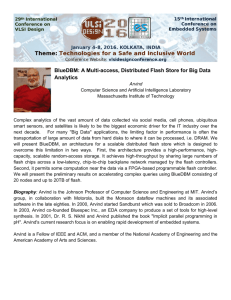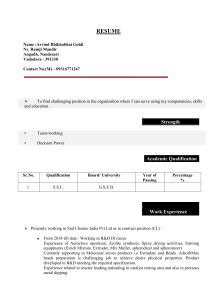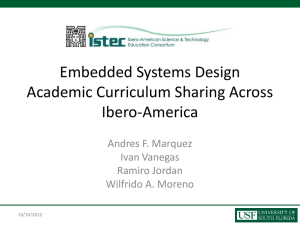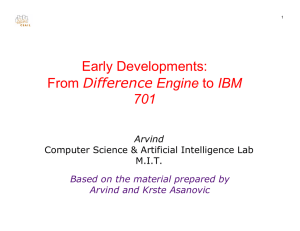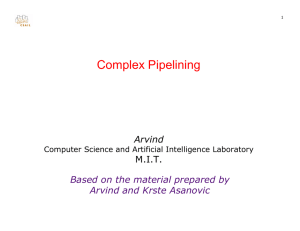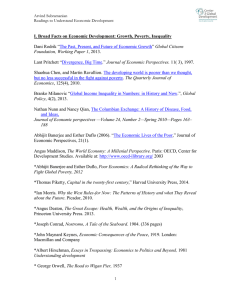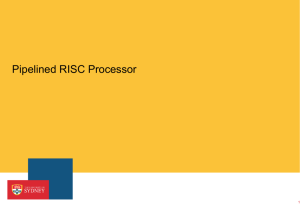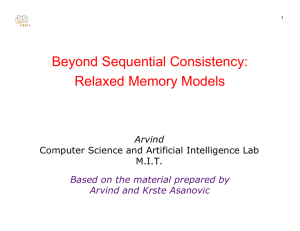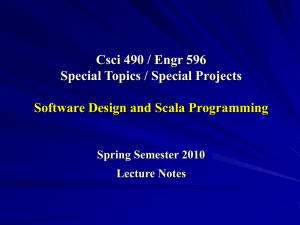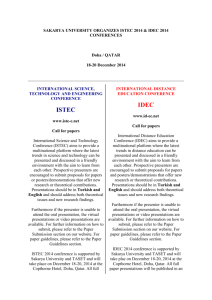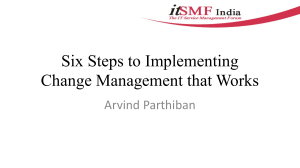Visit by MIT prof. Arvind - Colorado State University
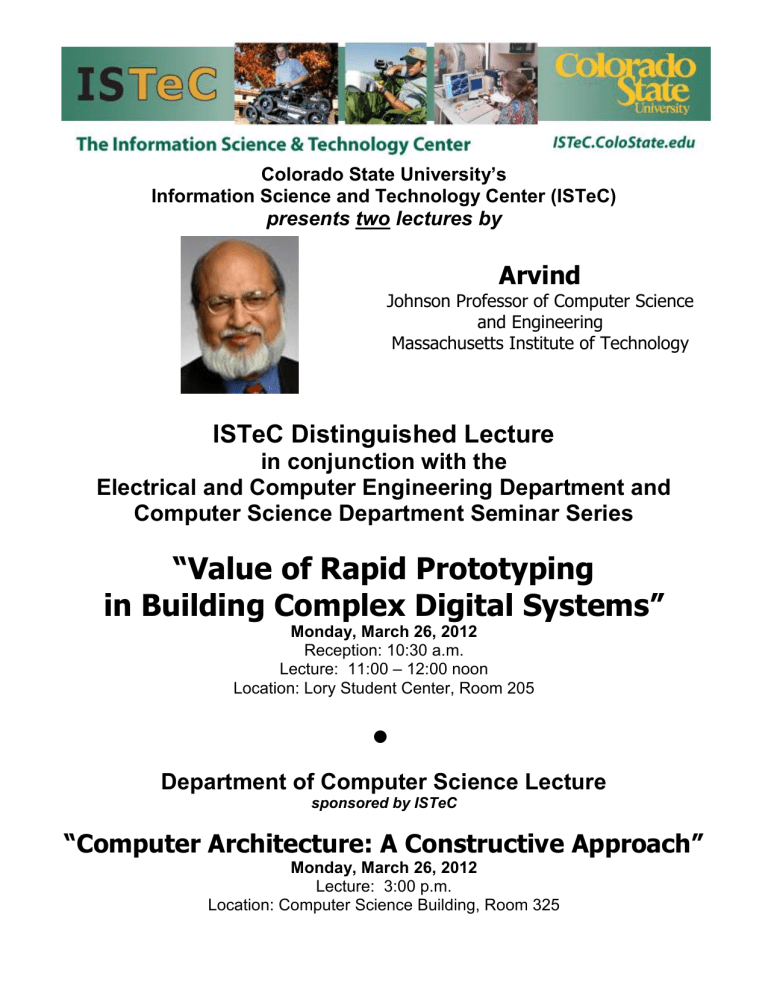
Colorado State University’s
Information Science and Technology Center (ISTeC)
presents two lectures by
Arvind
Johnson Professor of Computer Science and Engineering
Massachusetts Institute of Technology
ISTeC Distinguished Lecture in conjunction with the
Electrical and Computer Engineering Department and
Computer Science Department Seminar Series
“Value of Rapid Prototyping in Building Complex Digital Systems”
Monday, March 26, 2012
Reception: 10:30 a.m.
Lecture: 11:00 – 12:00 noon
Location: Lory Student Center, Room 205
Department of Computer Science Lecture
sponsored by ISTeC
“Computer Architecture: A Constructive Approach”
Monday, March 26, 2012
Lecture: 3:00 p.m.
Location: Computer Science Building, Room 325
ABSTRACTS
“Value of Rapid Prototyping in Building Complex Digital Systems”
Modern systems often contain special-purpose hardware for performance and power reasons. It is sometimes difficult to know a priori the best decomposition of the system from performance point of view. Since different components are designed by different teams it also difficult to ensure that the whole system would function properly when various components are put together. These risks can be mitigated substantially if one can build rapidly an accurate and fast prototype of the system being designed. Such prototyping does not extend the time-to-market if the design methodology ensures that there is an automatic or semiautomatic path from the prototype design to the real product design.
Our methodology has three essential aspects: reusing complex blocks involving domain expertise; experimenting with designs to achieve goals such as cost, performance, and power; conducting highfidelity full system simulation, including software, throughout the design process. We will illustrate this methodology using several prototypes we have built over the past few years – AirBlue, H.264,
Mulicore PowerPC simulator and BlueSSD.
“Computer Architecture: A Constructive Approach”
A radical new idea for teaching computer architecture is to largely replace descriptions of architectures by executable, i.e., simulatable and synthesizable, descriptions. An architectural description that is not executable would be as irrelevant as a computer program that is never run. For different reasons neither software languages like C, C++ or Java, nor RTL languages like Verilog or
VHDL are adequate for pliable architectural descriptions. Consequently, learning to read and write architectural descriptions in an appropriate language has to be an integral part of the new approach.
Executable descriptions would provide solid foundations to study area/performance/power trade-offs using more advanced tools on one hand and to develop proper testing and verification strategies on the other. We will describe the new subject that Professors Joel Emer, Li-Shiuan Peh and I are teaching along these lines at MIT this term.
SPEAKER BIOGRAPHY
Arvind (http://csg.csail.mit.edu/Users/arvind/) is the Johnson Professor of Computer Science and
Engineering at MIT. Arvind’s group, in collaboration with Motorola, built the Monsoon dataflow machines and its associated software in the late eighties. In 2000, Arvind started Sandburst which was sold to Broadcom in 2006. In 2003, Arvind co-founded Bluespec Inc., an EDA company to produce a set of tools for high-level synthesis. In 2001, Dr. R. S. Nikhil and Arvind published the book
"Implicit parallel programming in pH". Arvind's current research focus is on enabling rapid development of embedded systems. Arvind is a Fellow of IEEE and ACM, and a member of the
National Academy of Engineering.
To arrange a meeting with the speaker , please contact Prof. Wim Bohm at wim.bohm@gmail.com or (970)491-7595 .
ISTeC (Information Science and Technology Center) is a university-wide organization for promoting, facilitating, and enhancing CSU’s research, education, and outreach activities pertaining to the design and innovative application of computer, communication, and information systems. For more information please see
ISTeC.ColoState.edu.
